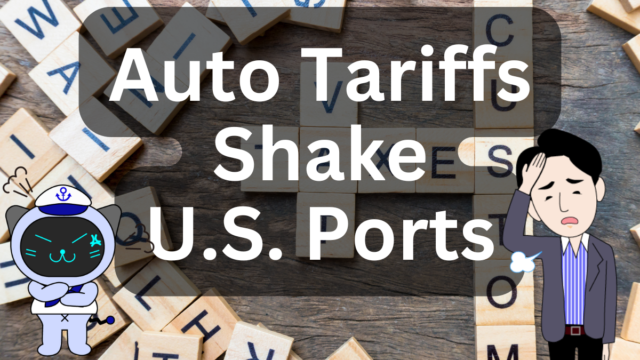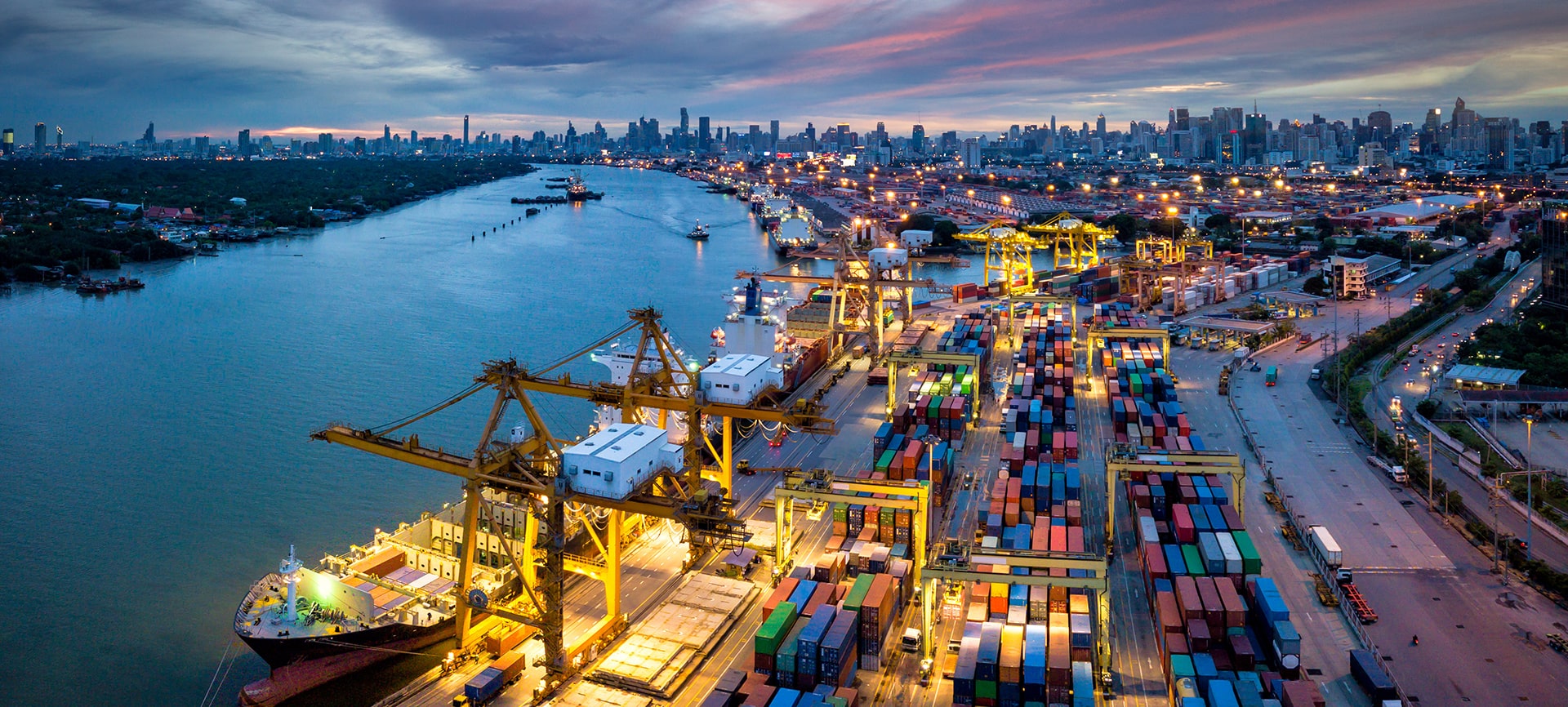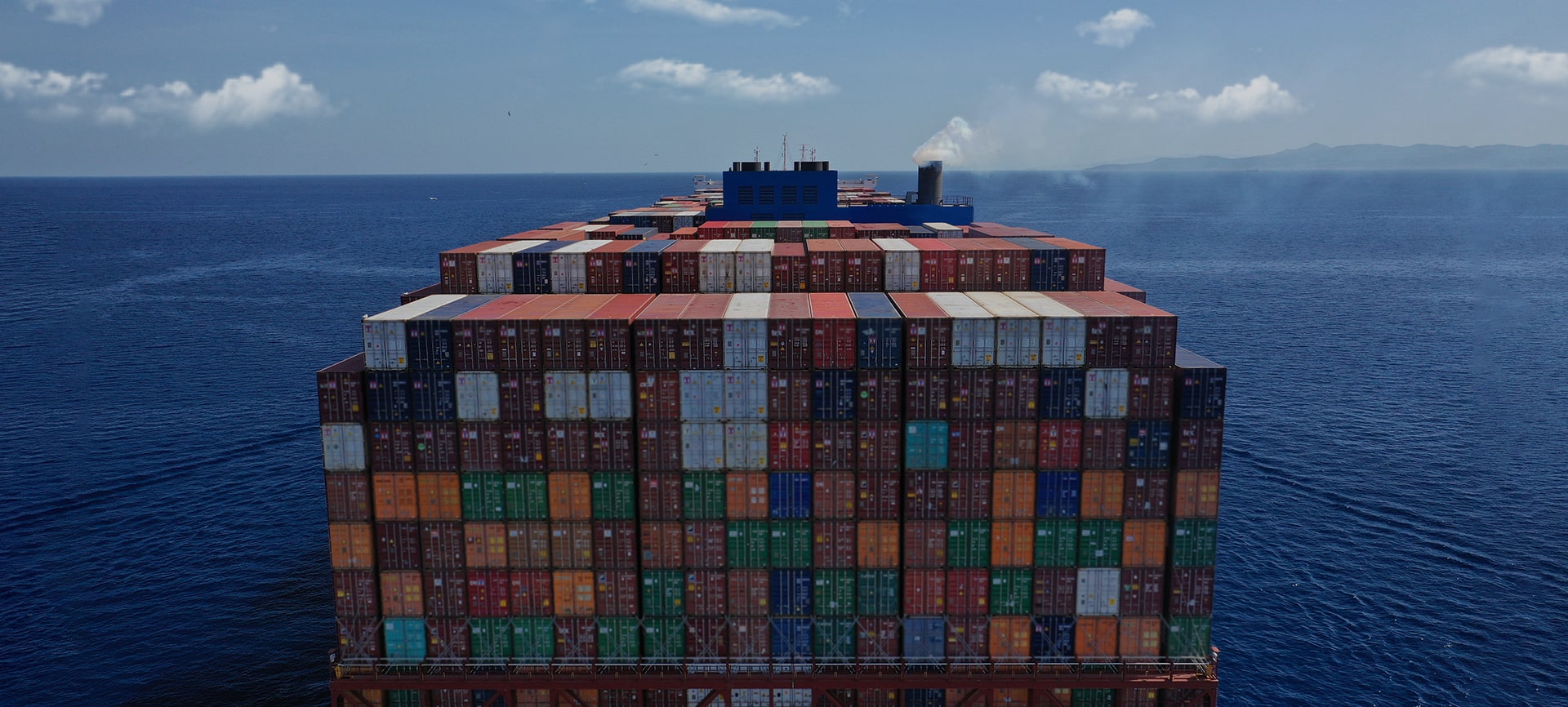Posted on: November 12, 2024 / Last updated: November 12, 2024
Update on European Shipping Rates! Positive Outlook Expected Through the End of the Year

European shipping rates have been rising steadily and are expected to maintain strong levels through the end of the year.
This article provides the latest updates on rate movements, trends in U.S.-bound shipping rates, and the impacts of ongoing labor negotiations in Canada and the U.S. East Coast.
CONTENTS
European Shipping Rates on the Rise
European shipping rates have been trending upward since November began.
Rates from Asia to Europe are particularly notable, with the spot rate from Shanghai to Rotterdam increasing by 16% week-on-week as of November 7, reaching $3,954.
Similarly, rates from Shanghai to Norway rose by 21%, reaching $4,399.
These high levels indicate a strong market outlook, with rates expected to remain robust throughout the year.
Temporary Decline in U.S.-Bound Rates
In contrast, U.S.-bound shipping rates have seen a temporary decline.
The Shanghai-Los Angeles route, for instance, decreased by 1%, bringing rates to $4,806.
However, this trend may only be temporary, as upcoming events could impact rates.
The scheduled tariff increase by President Trump in January could drive higher import volumes, potentially pushing rates up again in the coming months.
Supply Chain Impact of Labor Negotiations in North America
Logistics in North America face further uncertainties due to labor negotiations.
In Canada, strikes that began on November 1 have continued, causing noticeable disruptions.
Meanwhile, labor discussions on the U.S. East Coast have reached a tentative wage agreement, but negotiations on automation remain unresolved.
Until these negotiations are finalized, some shipments are shifting to the U.S. West Coast, contributing to ongoing supply chain instability.
Conclusion
European shipping rates are anticipated to remain strong through year’s end, while U.S.-bound rates may fluctuate depending on upcoming developments.
The impact of Canadian and U.S. East Coast labor negotiations will also play a critical role in determining supply chain stability in the months ahead.


![[Industry Trends] MSC Becomes First to Reach 900 Vessels! Focus Shifts to North-South Routes with Independent Operations | IINO san's Logistics News](/wp-content/uploads/2025/04/20250417en-640x360.png)
![[Maritime Shipping Now] Container Freight Rates Remain Flat – What Lies Ahead? Impact of US-China Tensions | IINO san's Logistics News](/wp-content/uploads/2025/04/20250415en-640x360.png)








